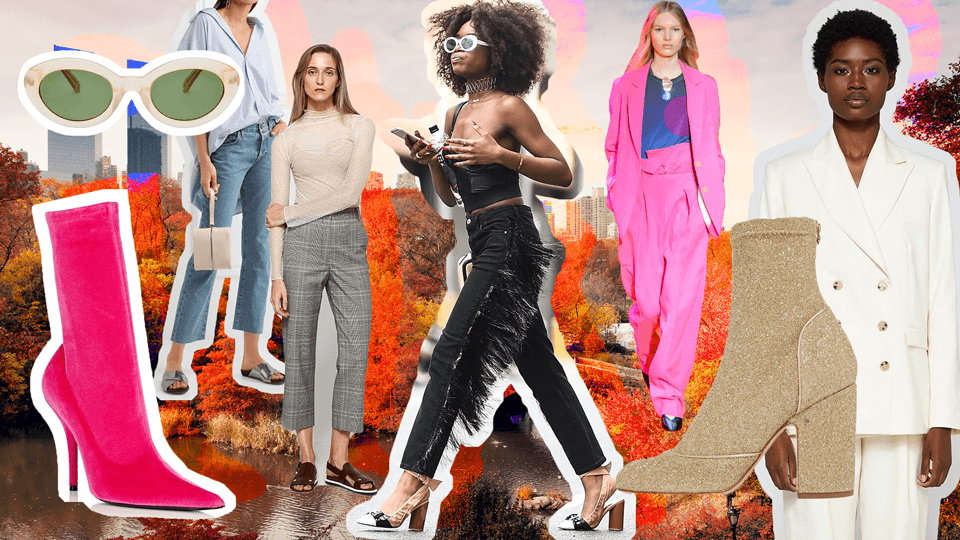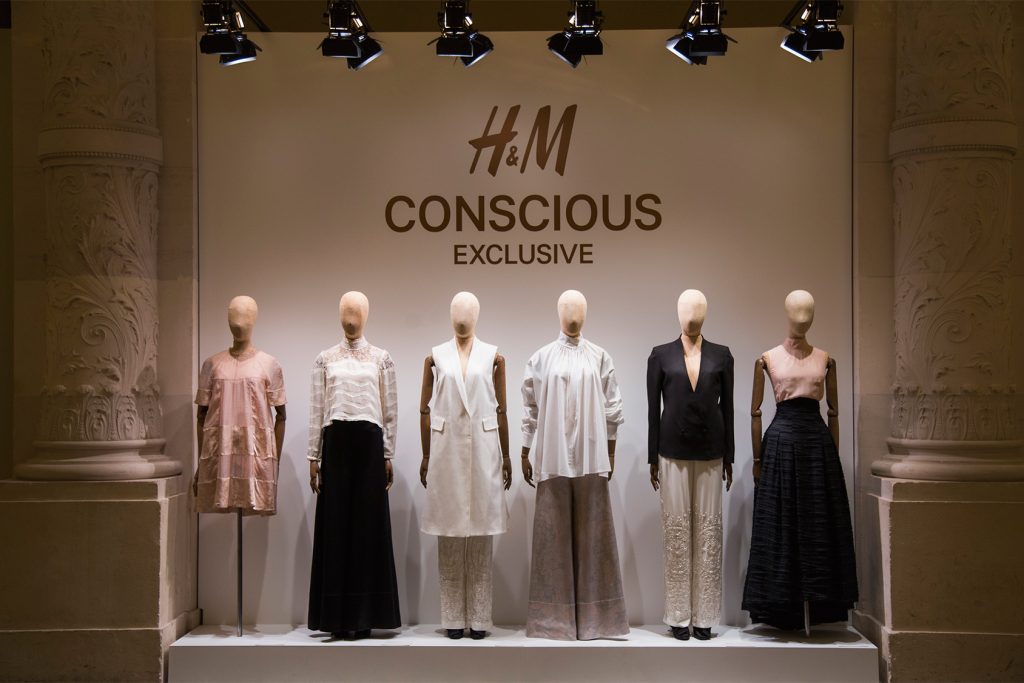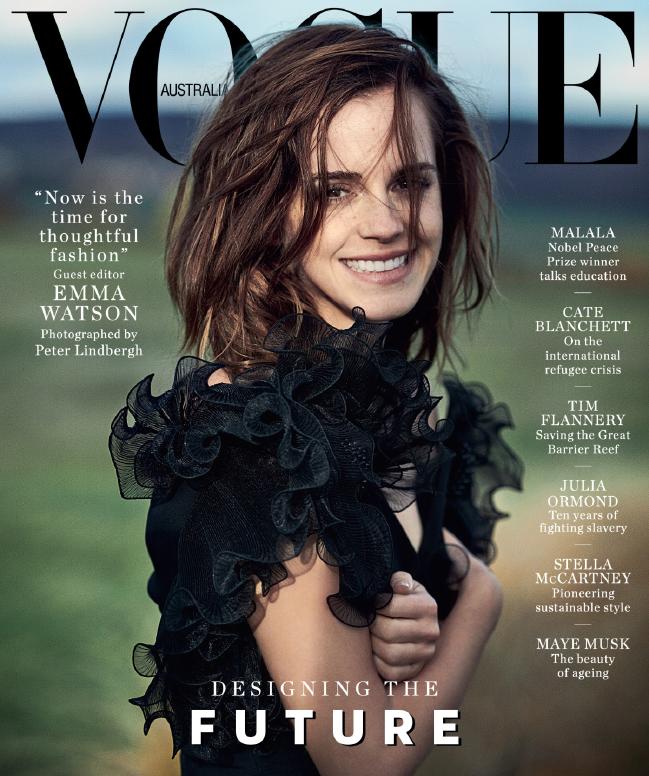When I look back to my teen years, I laugh at how silly it was to obsess over fashion trends.
I used to spend all my pocket money on fake Burberry shoes from the tacky local market and buy countless ripped jeans (that trend won’t seem to die).
Fashion trends define period’s of time, each decade having it’s own distinctive trends moulded by the current affairs of the time.

"The way people dressed was an obvious sign of shifting attitudes. In the 1960s, many chose, very publicly, to start looking different from the norm. Innovative designers and more informal modes of shopping drew a dividing line between the generations, creating a new market for youth fashion." - V&A Website, ‘An introduction to 1960s fashion’
I recently went to an exhibition at the V&A museum in London on the 1960’s, with fashion trends highlighted of big importance during a period of economic, political and social changes.
Modern day fashion trends have changed in appearance but still reflect the current climate (no pun intended).
Changing trends
Traditionally, a fashion brand would bring a style to market in a magazine or fashion show and the consumer would jump on the bandwagon as it’s released in stores. High-street brands historically copy designer fashion brands, to bring cheap but low quality versions to market. The Business of Fashion describes the trend in an article from last year,
‘Modern fast fashion behemoths like Zara and H&M have built global empires by offering cheap copies of high-end fashion.’

Fashion trend experts WGSN bring people in from all over the world to predict new trends, considering multiple factors such as politics, technology and commonly adopted street styles. Data is also a significant factor for trends;
‘We supplement our big ideas and forecasts with big data including retail data, consumer brand perceptions to gauge what’s trending with consumers.’
Social Influencers
Social media has had a huge part to play in changing fashion trends, with a rise in ‘influencer fashion’.
Young consumers are probably more likely to buy an item they’ve seen on a reality star on Instagram via their phones, than from a shop window. The growing fixation with influencers, like the Kardashian family, has created a world in which consumers want higher quantities of items at any cost. This has caused significant damage to the environment and exploitation of textile workers, giving consumers the idea that clothes have a social ‘sell-by’ date and can only be worn briefly during a trend.
“…The result (of consumerism) is a world in which rampant consumption in rich countries is rapidly outstripping the resources in the world needed to satisfy demand.” – Andy Coghlan, New Scientist ‘Consumerism is eating the future’ 2009

The only trend to follow
Trends shouldn’t be blindly followed…except that I’m glad the trend seems to be turning ‘to good’.
There has been a recent trend in being environmentally conscious and this has been reflected in fashion brands. Social media has provided a platform for building activist communities and sharing information i.e. Fashion Revolution. Even Vogue Australia has jumped on the eco bandwagon, employing a Sustainability Editor (the impressive Clare Press) and dedicating a whole issue this year with Emma Watson on sustainable fashion.
WGSN predicts that activism, technology and ethics will be part of the significant shift in consumers in 2020. In a current report available online, WGSN forecast, that, ‘2020 will see commercial growth closely aligned with the economics of caring’. Yianni Giovanoglou, WGSN Trend Specialist for AUS + NZ, recently spoke at The Australian Fashion Circular Fashion Conference in Sydney and described that conscious consumerism in millennials is on the rise from the data they’ve looked at.
If being sustainable and eco conscious is the big trend, then…
Keep the conscious consumer trend going!
Main Image: Style Caster


